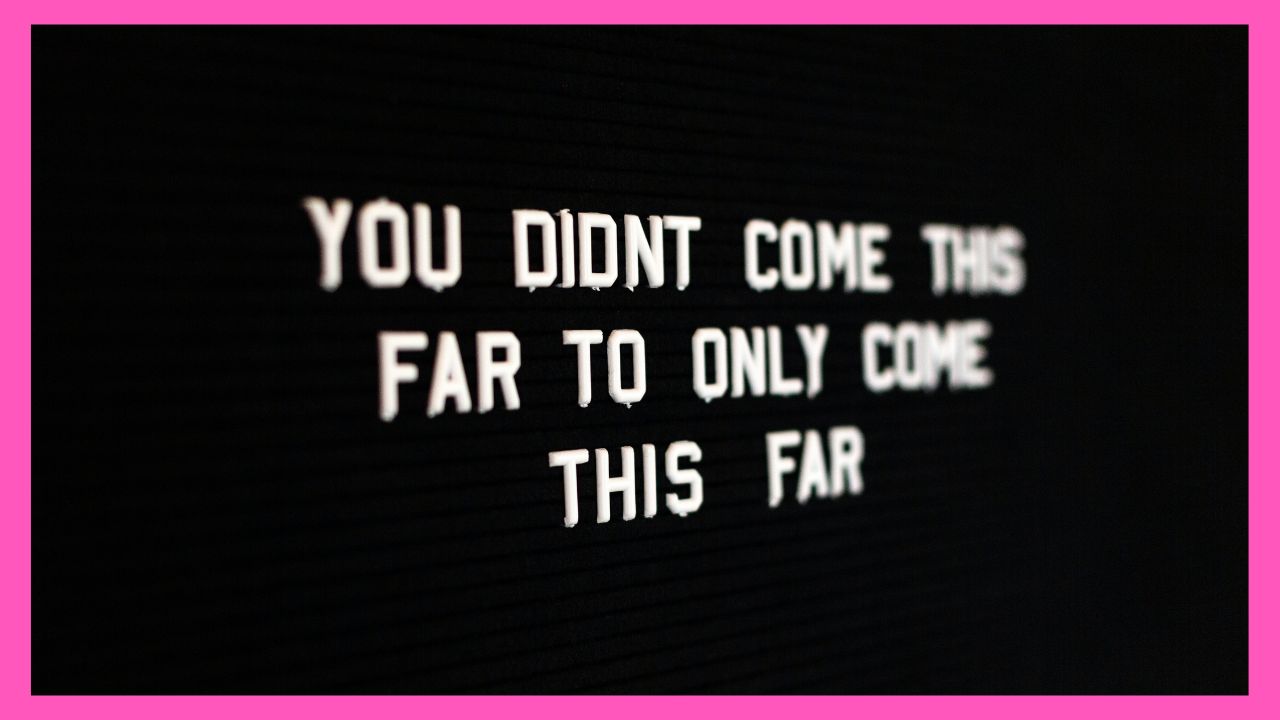Digital Marketing Mavericks is Storyboard18’s new series featuring some of the best digital-first, future-facing homegrown and globally networked agencies that are building brands and businesses fit for a new age.
Ahmed Aftab Naqvi calls his independent marketing agency network Gozoop Group, a “mature startup”. He has learned, unlearned, and rewired a lot of things to find a clear direction to do business over the years. Founded in 2008, Gozoop is one of India’s leading largest independent homegrown global advertising groups.
The network has acquired five agencies – Red Digital (2013), iThink (2014), 56 Blue Lights (2016), Hat Media (2018), and Stratton Communications (2021). Naqvi believes an acquisition is a great way to build a fresh resource pool, adding depth to an agency’s business approach and culture. The companies that Gozoop has added to its kitty so far are small and medium-sized firms, which Naqvi thinks need support and space to mature.
“Unlike big agency networks, we don’t have a pre-set template for acquisition. Of course, acquisitions are an easy way to fuel growth. However, we look at it from a different lens,” says Naqvi. One of the important questions that the company asks the founders before signing off is what their personal goals are.
“We are not answerable to multiple stakeholders which is why founders often are comfortable sharing their long-term plans with us. It’s an important practice,” he adds. For instance, Yamini Menon, the founder and director of 56 Blue Lights which Gozoop acquired in 2016, always wanted to expand her horizons in marketing. Today she manages the company’s middle-east operations.
Global advertising networks have a reputation for not being able to retain the founders of the companies they acquire. The reasons are many. But two that pop up often are business complexity and reporting structures.
Simplifying structures
Akshay Gurnani, co-founder and CEO of Schbang, tells Storyboard18 that what sets independent ad networks apart is the workflow which is simple. The integrated solutions agency has bucketed its services into three divisions – creative, media, and technology. “Clients want holistic offerings. The agencies that have an integrated scope wins. It’s as simple as that,” says Gurnani. Brands also look at the effectiveness of solutions, he observes, which is where technological solutions come into the picture.
Harshil Karia, the founder of the agency, says the company is aiming to take “India to the world”. The company recently expanded to international shores with new operations in the UK and an office in London. Schbang has an extensive plan ready to go to European markets that are creatively mature but need technological support. “Our focus is simple. We want to create a singular agency brand,” says Karia. This will further simplify agency models of the future, he opines.
Hyper-specialized services
Pratik Gupta, co-founder of Zoo Media, has a slightly different take. FoxyMoron, the network’s flagship full-funnel creative and performance digital agency, was founded in 2008. FoxyMoron was one of the first digital agencies in the country that offered influencer marketing solutions before it became the buzzword for marketers.
Over the years, Gupta realised while the agency could offer all possible solutions under one roof, it was important for them to focus on one function and “be the best at it.” That’s why Zoo Media was formed to create hyper-specialised companies within the group. Along with FoxyMoron, Zoo media has a digital transformation consulting agency DoyenOink Consulting; influencer, creator and talent agency, the creative tech agency, Pollen; video content solutions agency, The Rabbit Hole; the creative technology agency, Phosphene; The Starter Labs, a full-funnel D2C and startup digital agency and the tech products and services agency Noesis.Tech.
Gupta says, “We realised if we want to become the best network in the country, we need to have a specialised division that stands out.” Diversification is Zoo Media’s strength. He candidly says, “Global ad networks need to rethink their model. Everyone is fighting for their land. The ad land has limited space. Rather than going after volume, independent companies like ours are focusing on creating the best pieces of work that will leave an impressive mark in the space.”
Adding processes of a different kind
Gozoop’s Naqvi says the fundamentals of doing business in the digital marketing space have changed. “Companies like ours are not fixated on tiny shiny objects,” he adds. There are several new processes that companies like Gozoop Group, Schbang, and Zoo Media are putting in place.
For instance, Gozoop sends a detailed questionnaire to brands that reach out to them. “We are not in rush to lock in business. We take our time. We will figure out if both parties are the right fit,” says Naqvi.
Zoo Media and Schbang have similar processes in place. Founders of all three companies say, 7 out of 10 marketers don’t answer the onboarding questionnaire. But the three, who usually answer, understand what true partnership means. These marketers also know that the future of the agency model is all about creating quality work and the numbers will follow.
Watch this space for a more in-depth view of how these new-age agencies work.
